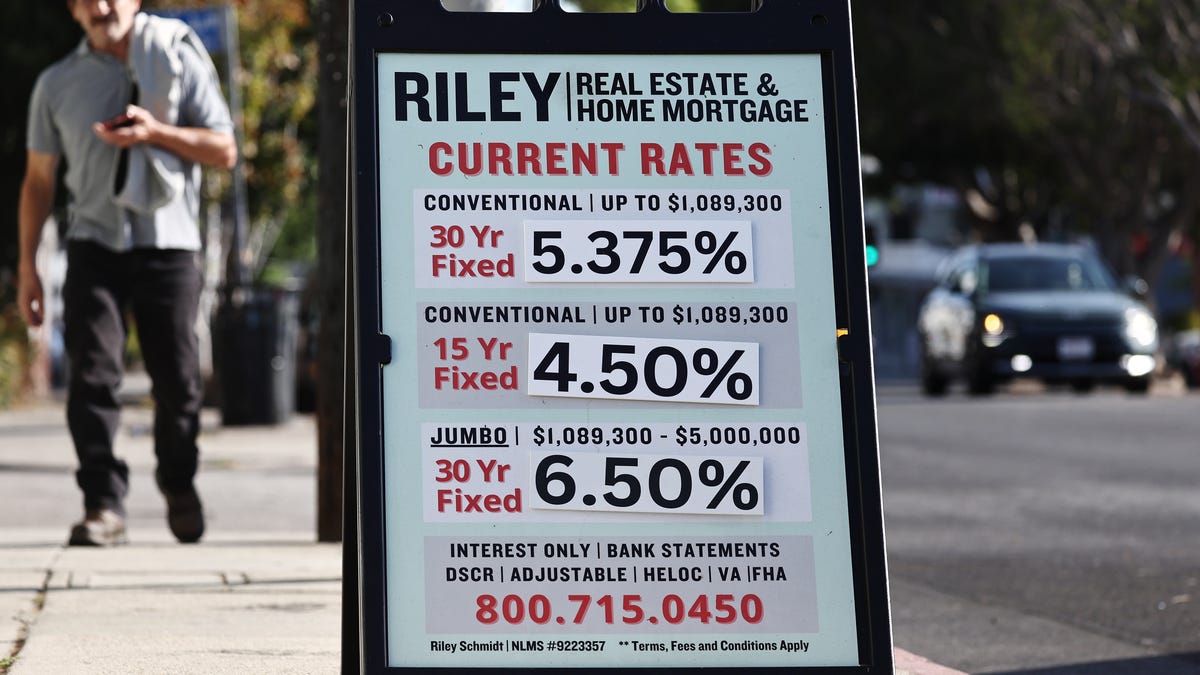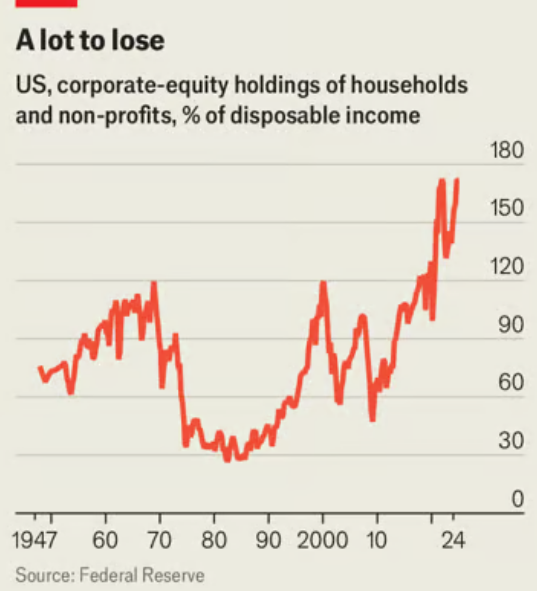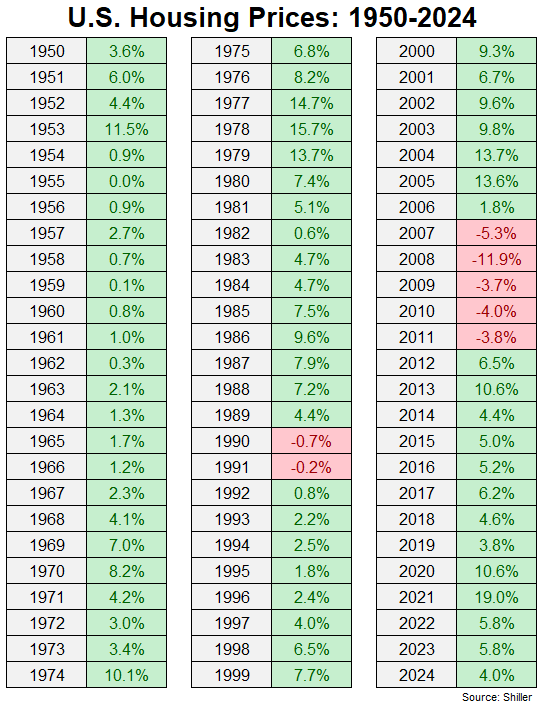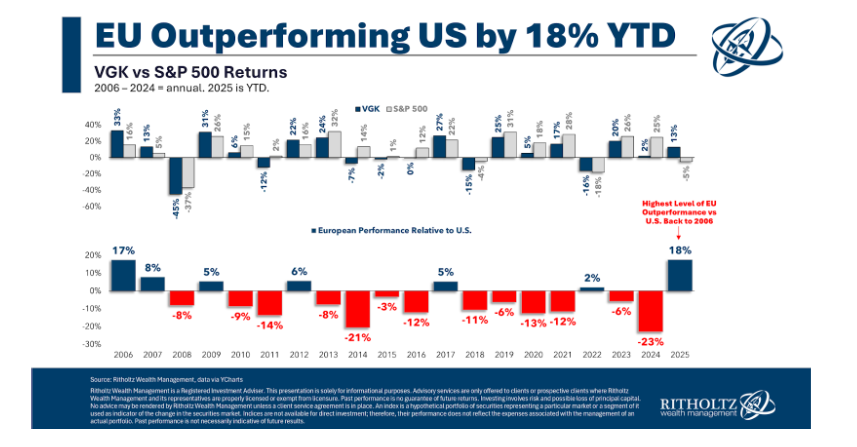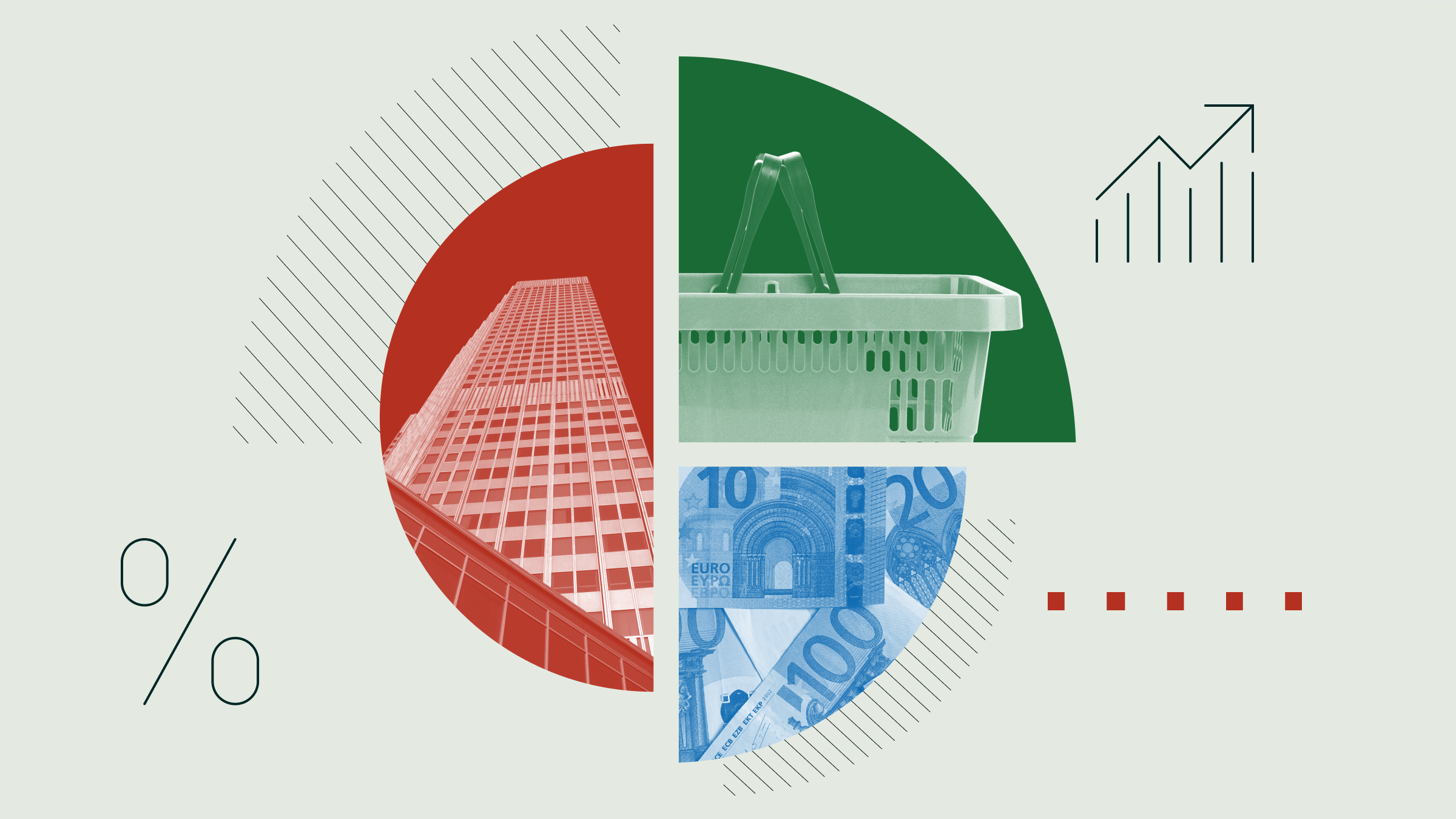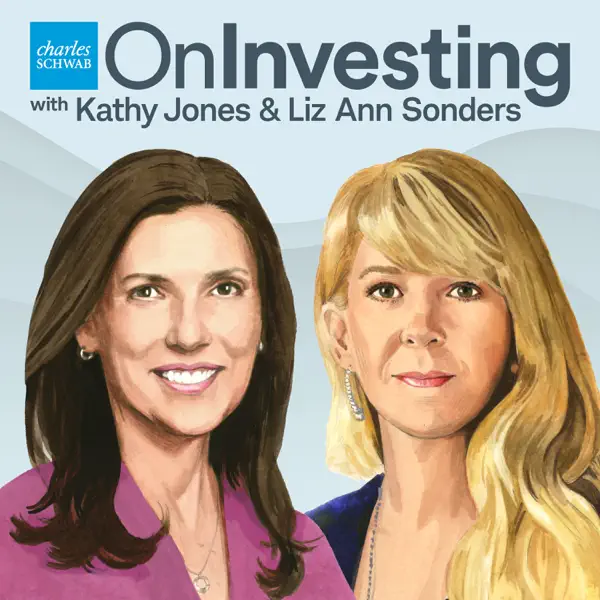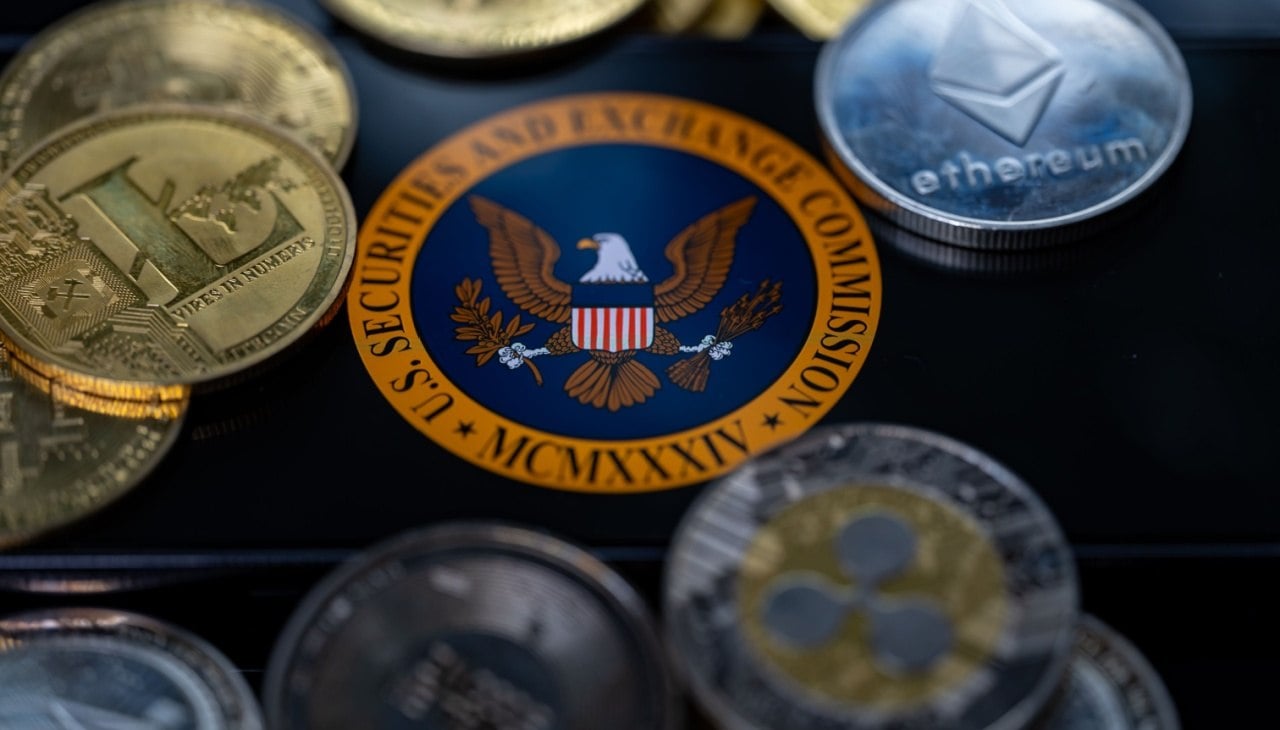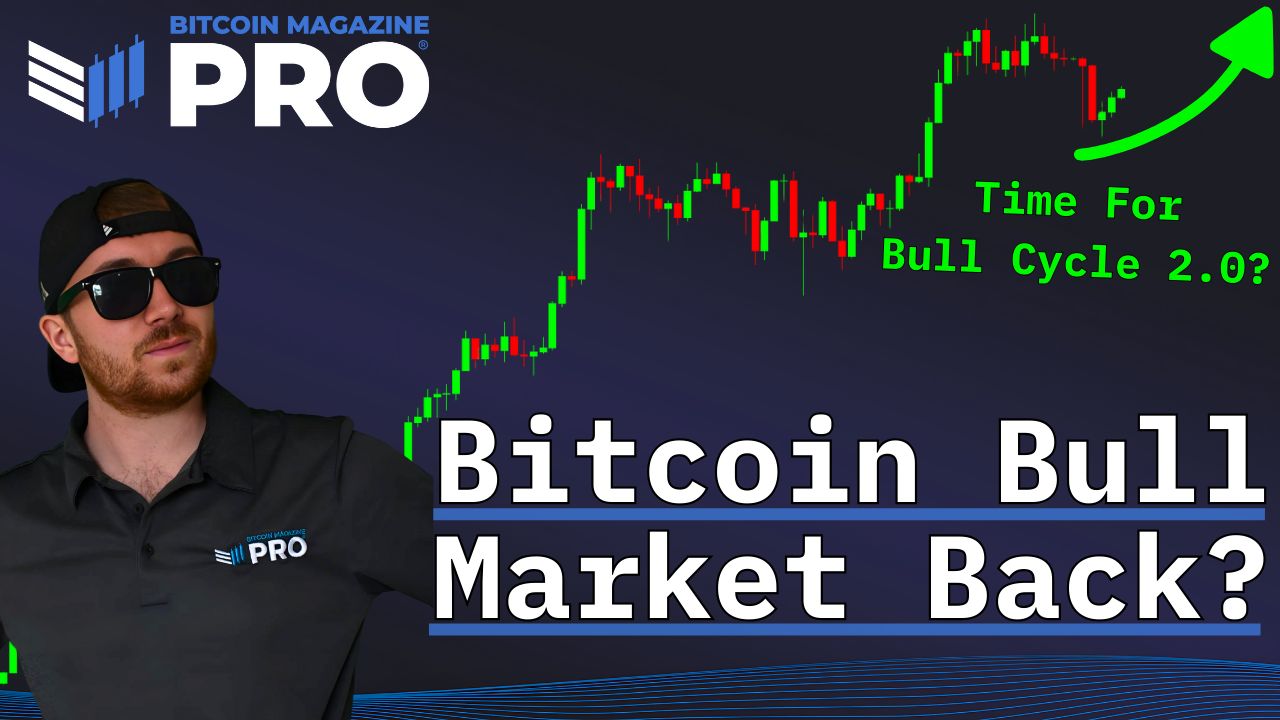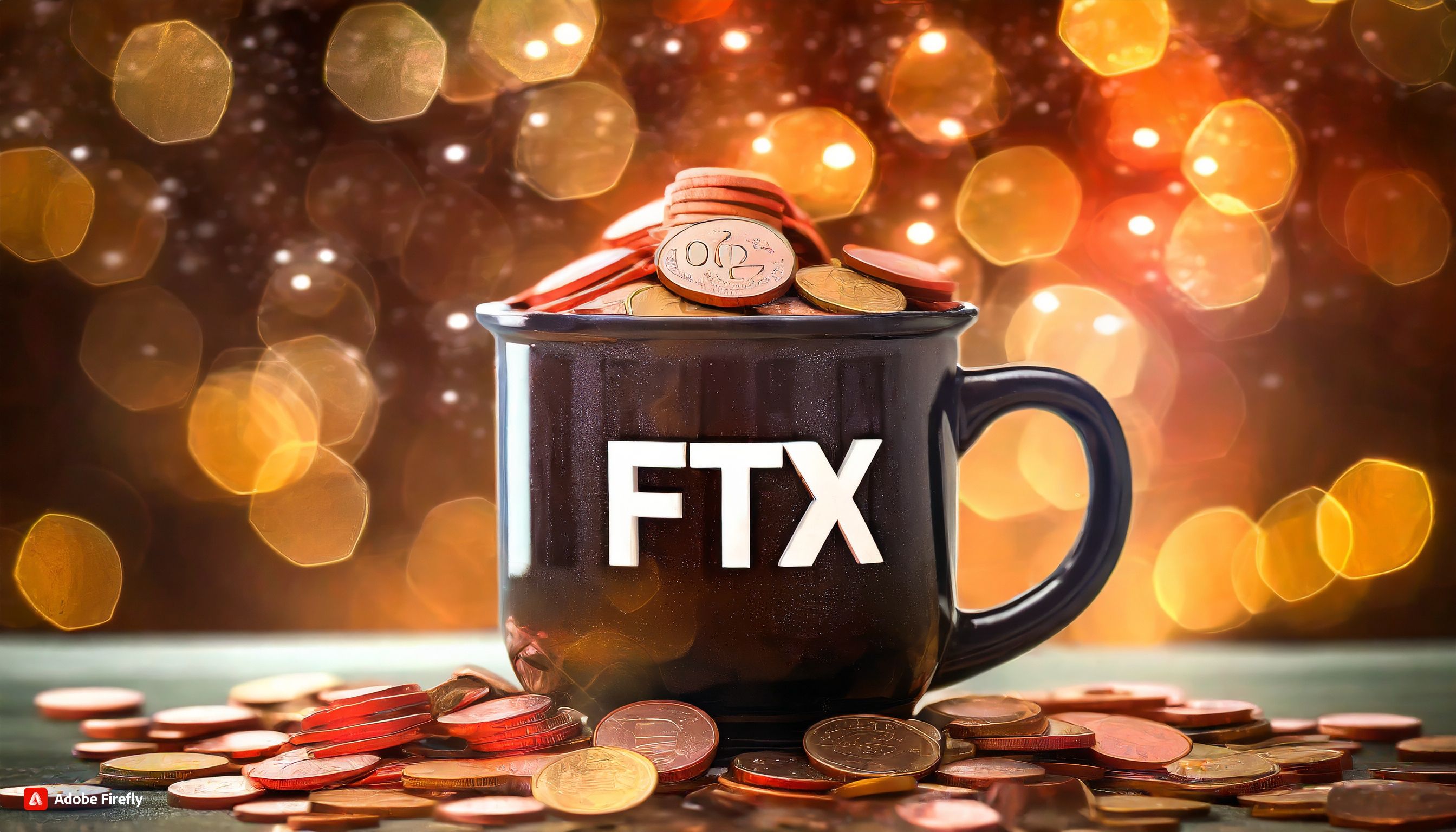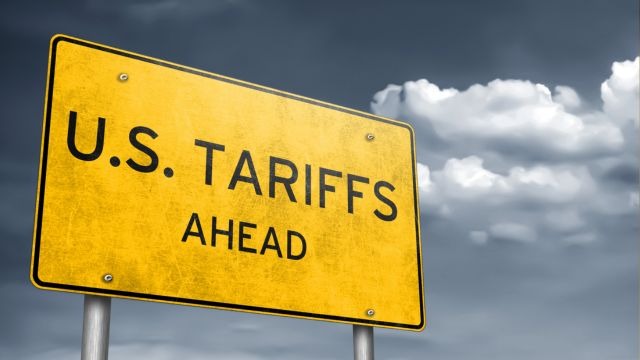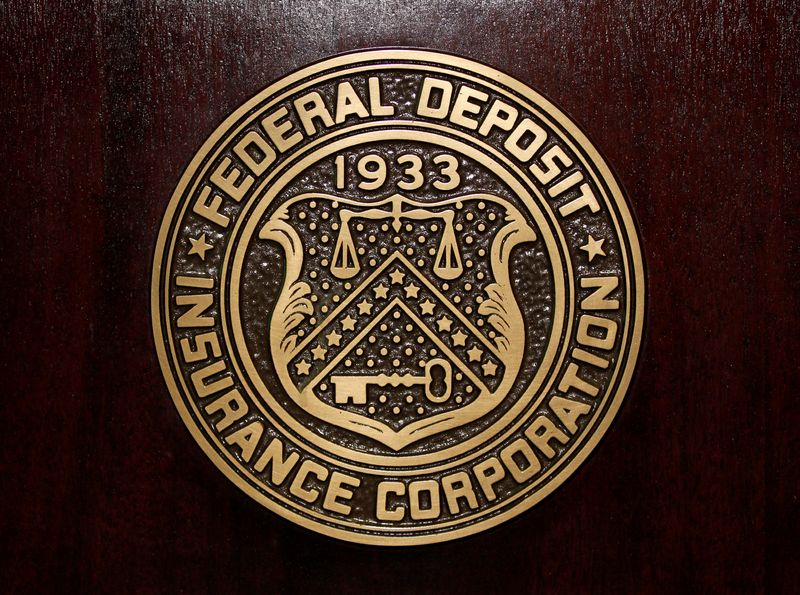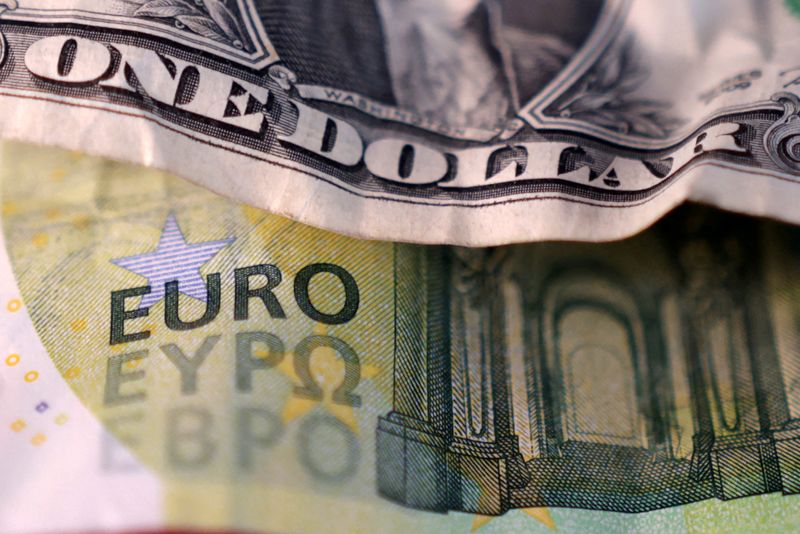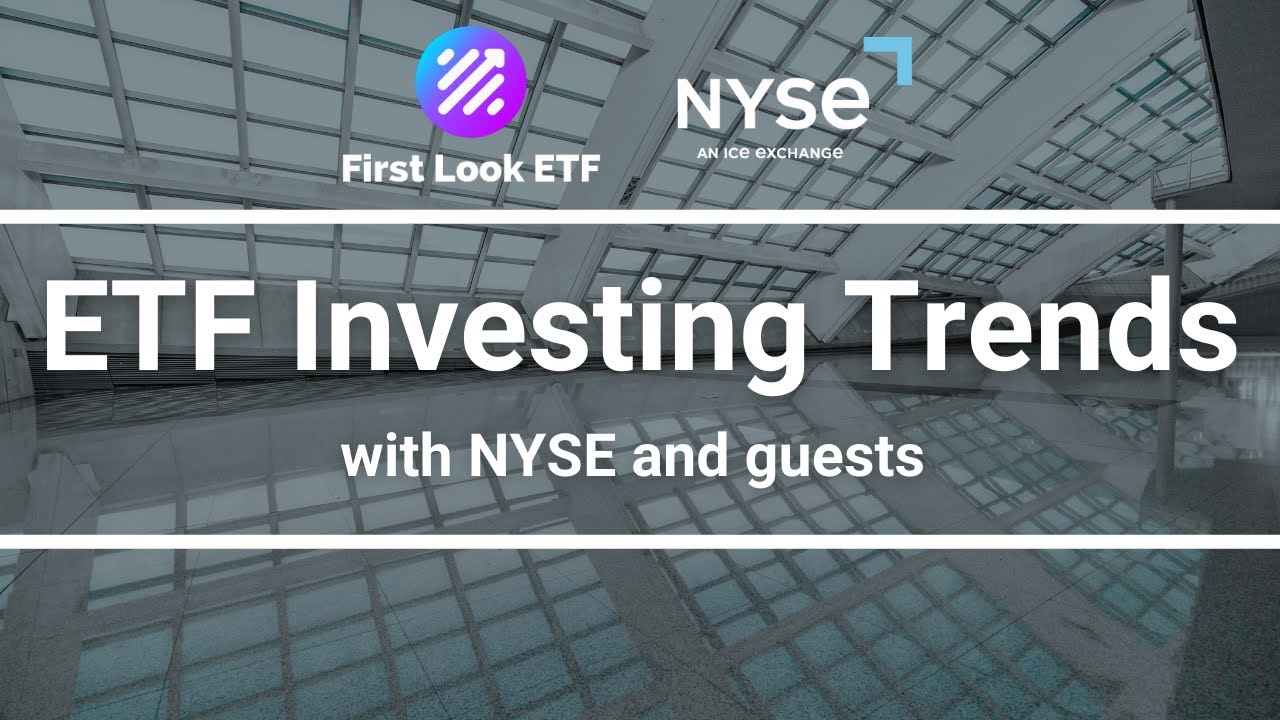The 5 Biggest Risks to JEPI’s 7.4% Dividend Yield
The JPMorgan Equity Premium Income ETF (NYSEARCA:JEPI) has become a go-to for investors chasing steady income with a side of equity exposure. Currently trading under $58 per share, the exchange-traded fund hauled in $39.24 billion in assets since launching in May 2020 and boasts a juicy 7.4% yield That’s a draw for retirees or anyone […] The post The 5 Biggest Risks to JEPI’s 7.4% Dividend Yield appeared first on 24/7 Wall St..
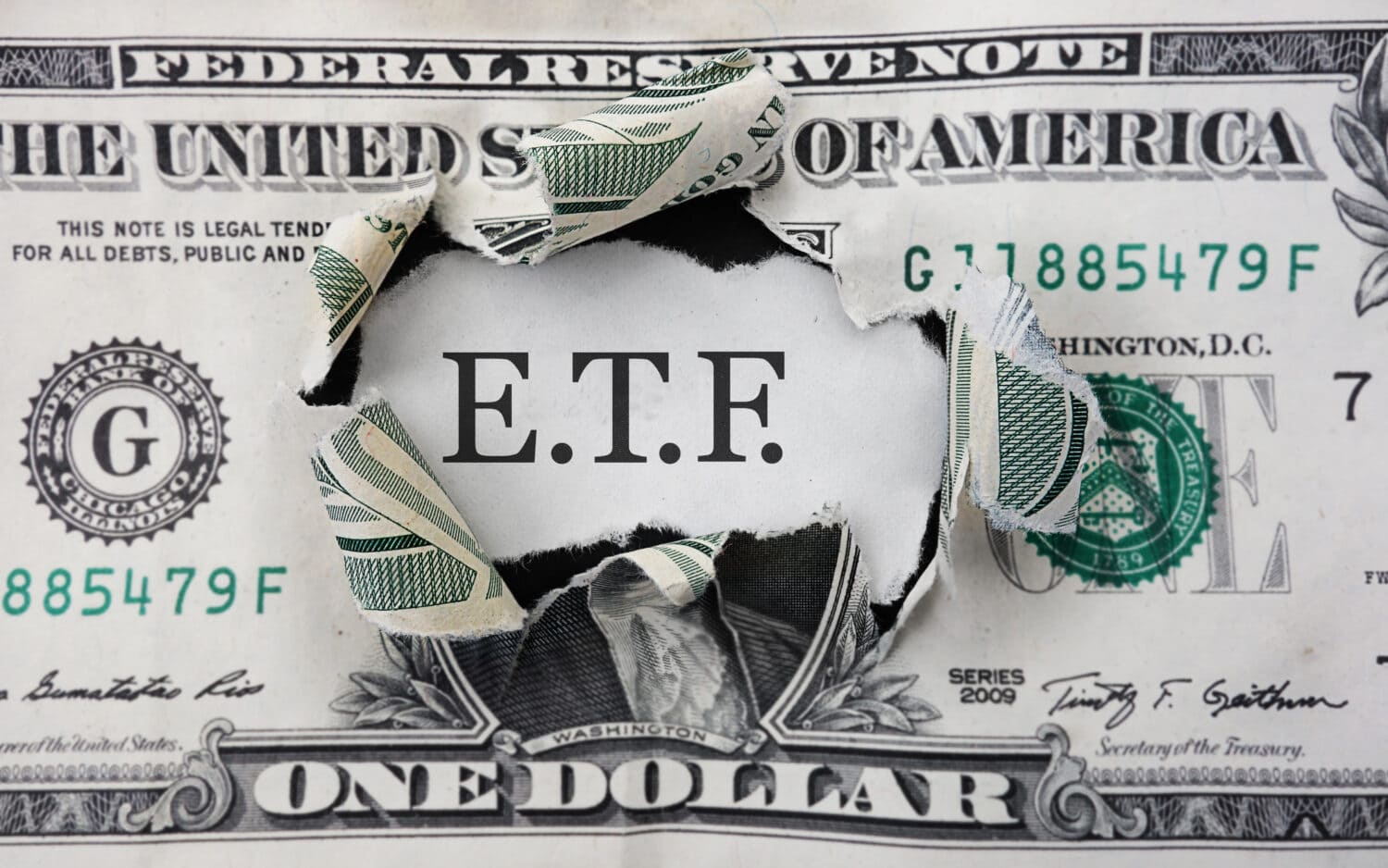
The JPMorgan Equity Premium Income ETF (NYSEARCA:JEPI) has become a go-to for investors chasing steady income with a side of equity exposure. Currently trading under $58 per share, the exchange-traded fund hauled in $39.24 billion in assets since launching in May 2020 and boasts a juicy 7.4% yield
That’s a draw for retirees or anyone wanting monthly payouts without the wild ride of stocks. But there is a catch: the yield isn’t bulletproof. Market volatility, interest rate shifts, underlying asset hiccups, fees, and JEPI’s own playbook all pose risks that could dent its dividend sustainability. Let’s unpack these, see how they could rattle JEPI’s performance, and figure out how to sidestep the potholes.
24/7 Wall St. Insights:
-
The JPMorgan Equity Premium Income ETF (JEPI) is a popular investment because of its high yield, monthly dividend payments, and protection in a bear market — but there are risks.
-
It is important for JEPI investors to watch market volatility, interest rates, taxes, and more to successfully buy-and-hold this ETF. It’s not a one-size-fits-all investment.
-
Below are several strategies investors can deploy to navigate the speed bumps putting money into JEPI can throw in front of you.
-
Are you ahead, or behind on retirement? SmartAsset’s free tool can match you with a financial advisor in minutes to help you answer that today. Each advisor has been carefully vetted, and must act in your best interests. Don’t waste another minute; get started by clicking here here.(Sponsor)
Market volatility is a wild ward
JEPI is essentially a covered-call ETF, meaning it holds a basket of S&P 500 stocks and sells call options to rake in premiums, cash that fuels its dividends alongside stock payouts. When markets get choppy, volatility spikes, but that becomes a double-edged sword.
Higher volatility pumps up JEPI’s option premiums, boosting yield when investors need a cushion. But if volatility craters, like during a steady bull run, its premiums shrink, and JEPI’s income takes a hit. A prolonged period of calm could trim JEPI’s 8% to 12% historical range, leaving investors short.
Performance-wise, volatility is a mixed bag. In downturns, such as during 2022’s bear market, JEPI’s defensive stock picks and premiums softened the blow, outperforming the S&P 500’s 18% drop with a milder 9% slide. But during market rallies, those sold calls limit its gains. If the S&P 500 jumps 20%, JEPI might lag at 12%. Investors can mitigate this by pairing JEPI with a growth ETF like the Vanguard S&P 500 ETF (NYSEARCA:VOO) to balance income with upside when markets soar.
Interest rate changes pressure premiums
Interest rates also mess with JEPI’s math. Higher rates, like the Federal Reserve’s current 4.33% benchmark, juice option premiums because they tie into risk-free rates in pricing models. That’s a win for investors. Payouts ticked up from 2022 to 2023 as interest rates climbed. But if rates drop — and the Fed is forecasting at least two cuts this year — premiums will thin out.
Just a 1% rate cut could shave 10% to 15% off call income, according to options theory, denting JEPI’s yield from 7.4% to maybe 6.3%. Plus, rate hikes can tank stock prices. JEPI’s portfolio isn’t immune and could result in slashing dividend contributions from its holdings.
This dual hit could stall JEPI’s total return. Last year’s 12.56% might dull to single digits if rates flip. You can avoid this by watching Fed signals. For example, pivot to bonds like the iShares 20+ Year Treasury Bond ETF (NASDAQ:TLT) if rates tanks, or lean into JEPI when hikes loom, locking in fatter premiums. We might not be seeing big rate hikes again for a long time, though.
Tracking underlying asset performance
JEPI’s stock portfolio, which it cribs from J.P. Morgan’s managed volatility portfolio, picks low-beta, value-leaning S&P 500 names, avoiding mega-cap tech heavies. It has 95 holdings that skew toward healthcare and financials. When these sectors shine, such as occurred during 2022’s value rally, dividends flow, bolstering its yield.
If they tank, though, say if the financial sector slumps due to bad loans, stock dividends could dry up, which will have JEPI leaning harder on options.
Morningstar says stock dividends are “minimal” to JEPI’s payout, but a 20% portfolio drop could still ding total returns by 5% to 7%, even with premiums.
Worse, if stocks lag and JEPI’s calls stay out-of-the-money, that could be great for keeping shares, but it would be bad for growth. Investors can offset this by diversifying. Add in a sector ETF like the Financial Select Sector SPDR (NYSEARCA:XLF) for financials or Health Care Select Sector SPDR (NYSEARCA:XLV) for healthcare, that could help hedge against any of JEPI’s picks stumbling.
Fees are the silent yield killer
JEPI’s 0.35% expense ratio is competitive for an active ETF. It’s not a direct cash grab and for a $10,000 stake yielding 7.4% (or $740), that means just $26 less, or 7.1% net. Not a big deal during a banner year like 2024’s 12.56% return, but if markets flatline or dip, that fee will bite harder.
If JEPI returns 5%, its fees would cut it to 4.65%, a bigger 7% relative hit. Over decades, that compounds. A $10,000 bet at 7.4% nets only $54,000 in 20 years, instead of $58,000 at 7.75%.
Investors can mitigate this by sizing up JEPI’s edge over cheaper rivals. The Schwab U.S. Dividend Equity ETF‘s (NYSEARCA:SCHD) 0.06% fee saves $29 yearly, though it lacks JEPI’s options juice. Stick with JEPI if income is your primary goal, otherwise you might just want to weigh low-cost index funds.
JEPI’s complicated, risky strategies
JEPI’s secret is selling one-month, out-of-the-money S&P 500 calls via equity-linked notes (ELNs). It ladders calls weekly, adapting to volatility, and spreads risk across big banks. Sounds smart, but it caps upside. Calls at 2% above the index mean a 10% S&P 500 spike nets JEPI just 4% to 5% after premiums. Bull markets can leave it trailing the index. In 2023, the S&P 500’s 27% run saw JEPI only gaining 15%.
ELNs also add counterparty risk, though JPMorgan has instituted buffers to protect against those banks faltering dsuch as limiting their contribution and selecting global names. Still, a 2008-style crash could spook payouts. And because its holdings have a defensive edge to them, like underweighting tech, it works out great such as the tech crash in 2022. It’s on shakier ground, though if artificial intelligence stocks continue roaring higher through next year.
Investors can balance this by holding JEPI in tax-advantaged accounts. Its ordinary income payouts sting less in a Roth IRA, and you can mix in growth like the Invesco QQQ Trust Series 1 (NASDAQ:QQQ) if you want tech exposure.
How it all plays out
JEPI is not a dead end because of these risks, they just require that you tweak it. Volatility swings payouts, rates and stocks shift the base, fees nibble away at returns, and its strategies can limit gains.
A bad year could drop yields and shrink total return by several percentage points. But JEPI’s 12.41% average annual return since 2020 shows resilience. Just remember, the ETF is not a growth-first investment; it’s income-first, and has averaged 8% to 12% yields through ups and downs.
Here’s your game plan
I wouldn’t ditch JEPI, but it’s not a set-and-forget stock. First, you need to check volatility. A CBOE Volatilty Index — VIX — over 20 favors the ETF while under 15 means it may be time to ease off. Right now it stands around 17. Second, track what moves the Fed is making. A rate hike could mean it’s time to buy, but cuts mighjt mean it’s time to diversify. We seem to be heading into the latter.
Next, peek at JEPI’s holdings, too, and hedge weak sectors with ETFs. You can shelter it from taxes by owning it in a Roth IRA or 401(k) to help cut their sting. Then pair it with growth, such as with VOO or QQQ, for balance. And don’t put too much into the ETF either. JEPI is a solid investment until we enter a bull market, which tends to last much longer than a bear market.
Key takeaway
JEPI’s a good investment, but it’s not perfect. With $39 billion in assets, it’s not invincible. But that 7.4% yield, monthly checks, and downside protection make it very attractive. Since 2020, JEPI has delivered income when bonds wobbled and stocks teetered. It can still anchor your portfolio without breaking the bank, if you approach it correctly.
The post The 5 Biggest Risks to JEPI’s 7.4% Dividend Yield appeared first on 24/7 Wall St..
























